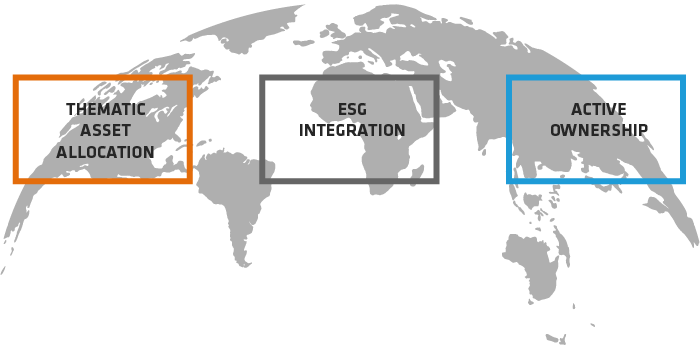-
For more ways to pursue good returns and good values in your portfolio, explore Inspired Investing, a new podcast series where senior leaders at Bernstein share their thoughts on investing with purpose, first-hand and check out related blogs here.
Responsible Returns
Better Stocks for a Better World
16 May 2019
4 min read
The Three Pillars: How Responsible Investors Contribute to Positive Social Outcomes
Primary Mechanisms Identified by the PRI*

*PRI: Principles for Responsible Investment
Source: PRI, "The SDG Investment Case", October 2017
UN Sustainable Development Goals
A Powerful Framework for Sustainable Theme Selection

Source: United Nations
-
The views expressed herein do not constitute research, investment advice or trade recommendations and do not necessarily represent the views of all AB portfolio-management teams. Views are subject to revision over time.
About the Author
